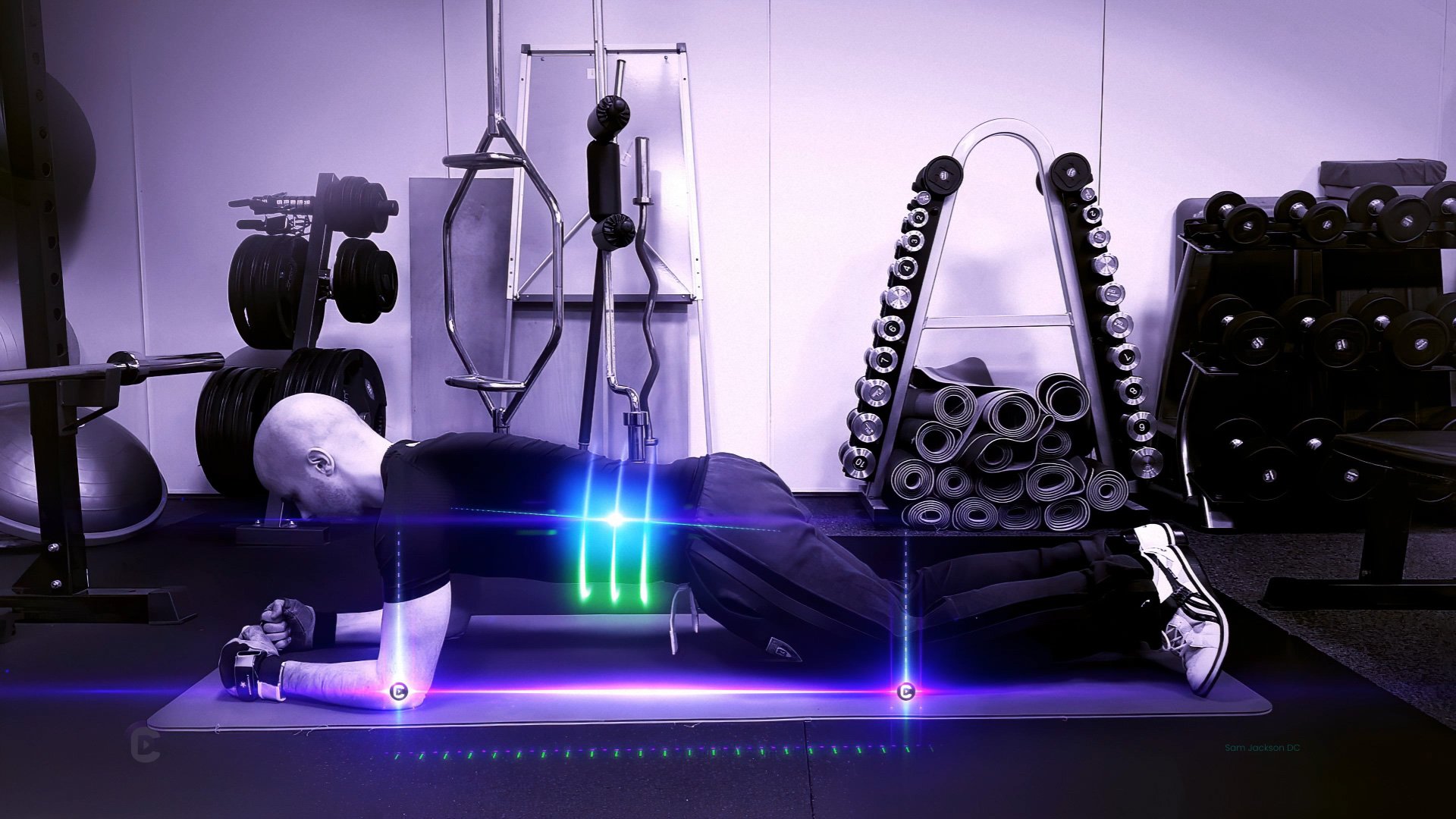Evolving Perspective: Exploring Contemporary Pain Management
When seeking care for back pain, the question at the forefront of most people’s minds is, “What is causing it?” “What is the best treatment approach?” and “How long will it take to recover?” The answers, however, might not conform to the neat resolution most people hope for. Instead, it involves accepting that “It depends on a multitude of factors and varies greatly from one person to another.”

For both the patient and the clinician, it can be helpful to openly acknowledge the imperfect nature of the information we are forced to use.

Despite remarkable advances in modern science, the complexity of the human body frequently outpaces our current understanding—back pain stands as a prime example.

The reality is that modern pain management often unfolds as a process of trial and error, leaning towards broad and untargeted therapies. This approach is akin to casting a wide net in the hope of catching as many causes as possible, but it may not always provide the personalised care each unique case requires.

Adding another layer to the enigma of pain, treatment outcomes are heavily influenced by a myriad of other biopsychosocial factors, leading to a lack of consistency in the effectiveness of common remedies.
As a consequence, even individuals with identical injuries may experience vastly different pain intensities and levels of disability, and also react divergently to similar treatments. Therefore, the idea of a “one-size-fits-all” solution or a “universal best approach” for back pain may simply not exist.

Given the complexity and individuality of pain, we find ourselves on the frontier of scientific understanding, with a vast expanse of uncharted and often immeasurable territory still to explore.
Navigating Complexity: Balancing Diagnostic Detail with Clinical Relevance
Patients, in their pursuit of certainty, frequently assume that pinpointing the exact cause of their symptoms will enhance their care or accelerate their recovery. Clinicians may also face significant pressure from their patients and insurance companies to provide an answer that will explain everything. However, for most primary contact musculoskeletal pains, the specific origins typically remain elusive.

Attributing such pain to a structural disorder—be it “arthritis,” a “bone out of place,” or a “functional impairment”—generally equates to educated guesswork or using metaphors, especially if the diagnosis cannot be substantiated with measurable evidence.

This notion holds true even with access to highly detailed medical imaging. One might compare an x-ray or an MRI for diagnosing pain akin to a photograph of a telephone: can a static image tell us if the phone is ringing or not?

In some cases, over-medicalising common and harmless symptoms can prove counterproductive, provoking undue concern. This fear can lead to overprotective behaviours and withdrawal from physical activities, potentially hampering recovery.

The only way to definitively diagnose painful tissues is via surgical techniques such as discography or radial nerve blocks. These methods aim to either provoke or numb pain in the targeted area to determine if it is indeed the pain’s source.
Therefore, in a conventional clinical setting without access to these tests, pinpointing the exact origin of pain may not always be feasible.
A skilled diagnostician can get close, but ascribing absolute certainty remains conjectural. However, the silver lining is that a precise tissue diagnosis is not typically necessary for successful recovery.

Rather than persistently chasing the source of pain, it is often more productive to embrace its inherent uncertainties and redirect attention towards discovering practical solutions that can positively influence recovery.
Successful resolution often lies not in the specific treatment method chosen by a patient—be it chiropractic, physiotherapy, or cognitive behavioural, among others—but in how the clinician tailors and guides each individual on their personal journey of managing and ultimately overcoming their symptoms.
When patient experiences take centre stage, an empowering and self-discoverable answer emerges: “Try various approaches and determine what works best for you.”

The “Best Solution” is Highly Individualised
This process involves utilising what is known as an “n=1 approach,” where the individual becomes their own unique experiment. Embracing uncertainty, they test, learn and explore the strategies and treatments that work best for their unique circumstances.
Back Pain Recovery Reimagined: Introducing the U.A.P. Principles
Modern pain management acknowledges inherent uncertainty, and it is here where Understanding, Acceptance, and Patience (U.A.P.) come into play. After an injury, we can trust in the incredible resilience of our self-maintaining body to heal and adapt, autonomously fixing many tissue-related ailments as they recover and strengthen.

During this process, by “Understanding” that discomfort is protective and a helpful part of our lives, we give our bodies the space they need to heal.
However, this process often unfolds over a timeframe longer than we might ideally wish, reinforcing the need for “Acceptance” and “Patience.” As a result, rebuilding confidence in our body and ability to cope with pain becomes a more sustainable and agile strategy.

Instead of “seeking a cure” or “expecting immediate pain relief,” common marketing catchphrases that have been frequently shown to be overly ambitious by science, this path emphasises helping individuals navigate the dynamic interplay of biopsychosocial factors influencing their pain.

Empowering individuals to lead physically rewarding lives, despite the presence of discomfort, while it naturally settles over time.
Steadily we learn to reframe our relationship with pain, control our discomfort, and appreciate our subjective experiences, while progressively extending our physical boundaries.

We acknowledge that hurt is protective and does not necessarily mean harm, which reduces our fear and improves engagement in meaningful activities.

Gradually, we learn to navigate the highs and lows of our healing journey, fostering optimism and humility as we steadily fortify our resilience.
And even when challenged by flare-ups, which are a normal and anticipated part of recovery, we remain unshaken, further strengthening our resolve.

Through this nuanced understanding of pain, we empower ourselves, transforming our experience of pain from a hindrance into a manageable aspect of our human experience.

Often, we are already doing the right things and moving in the right direction, but progress may require “Understanding,” “Acceptance” and “Patience.” By re-evaluating our expectations and considering longer timeframes, we can better appreciate the natural healing process and the body’s capacity for self-maintenance.

